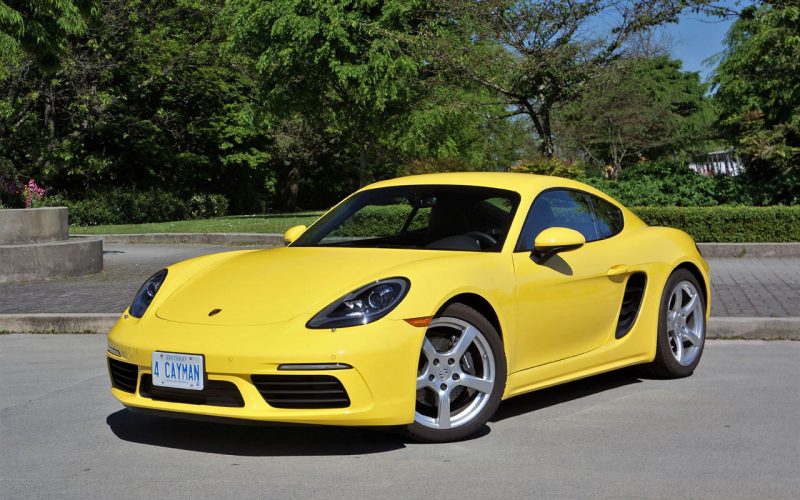
Reading Time: 6 minutesNormally when a premium brand changes its model-naming scheme from creatively written monikers to alphanumeric drivel
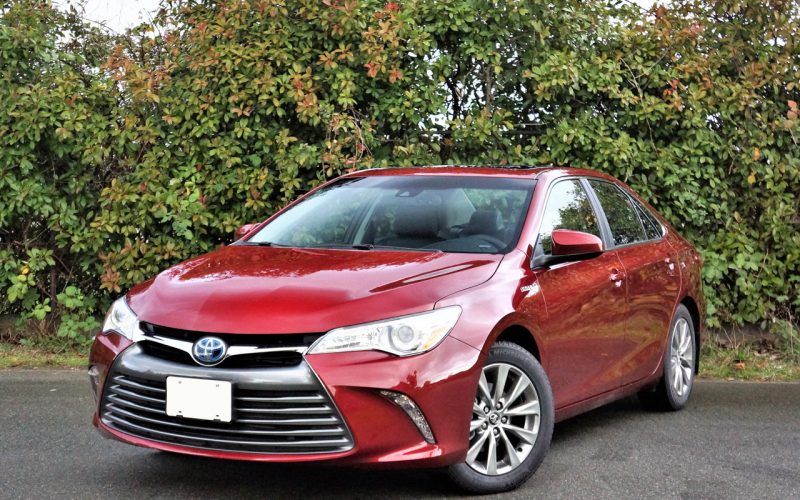
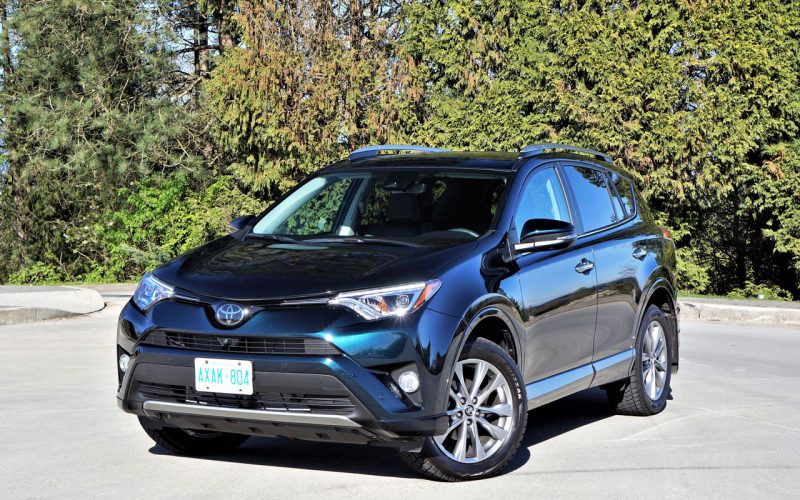
Reading Time: 5 minutesThe RAV4 is number one! At the close of 2016, Toyota’s fourth-generation RAV4 became the bestselling
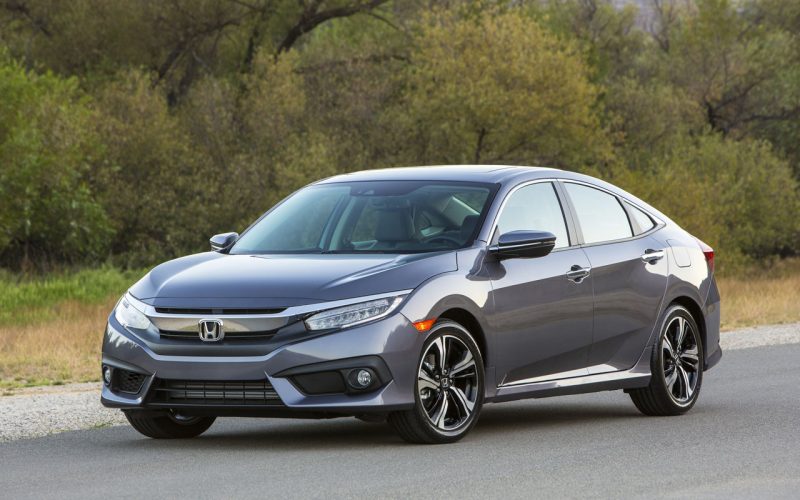
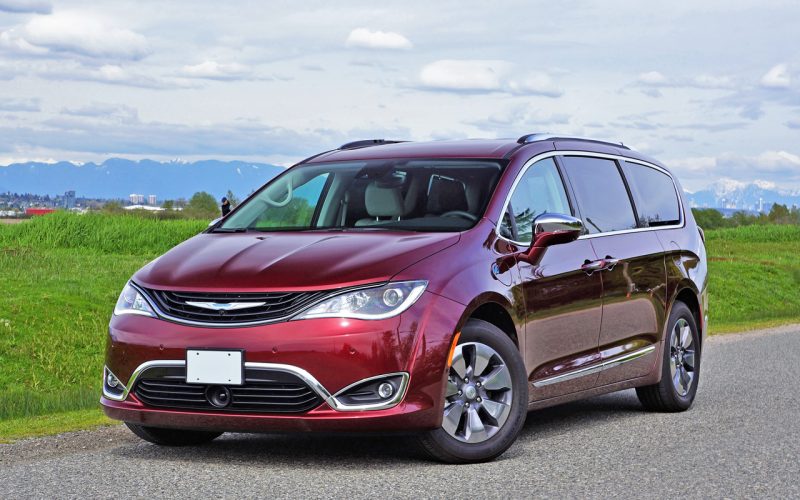
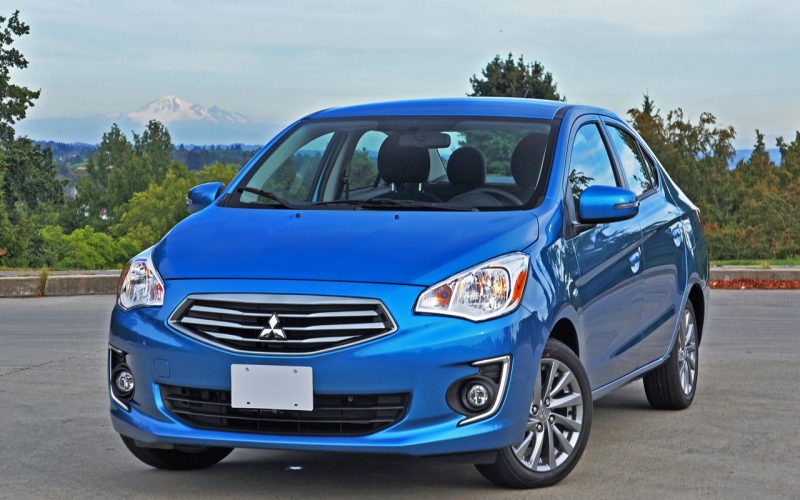
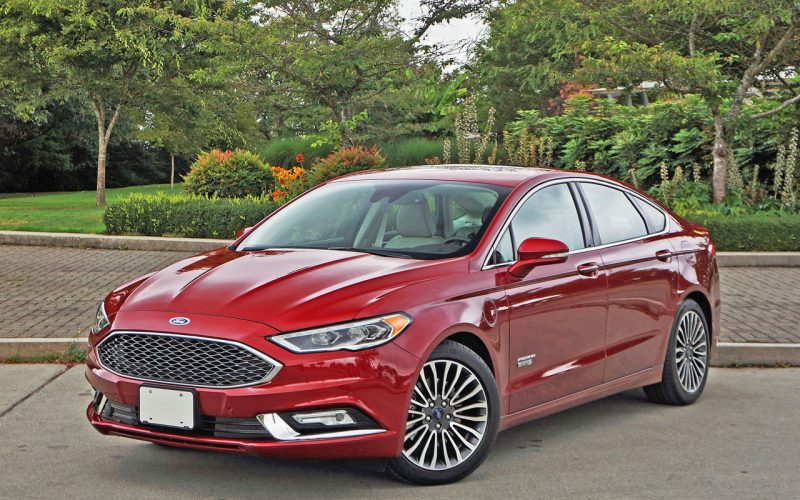
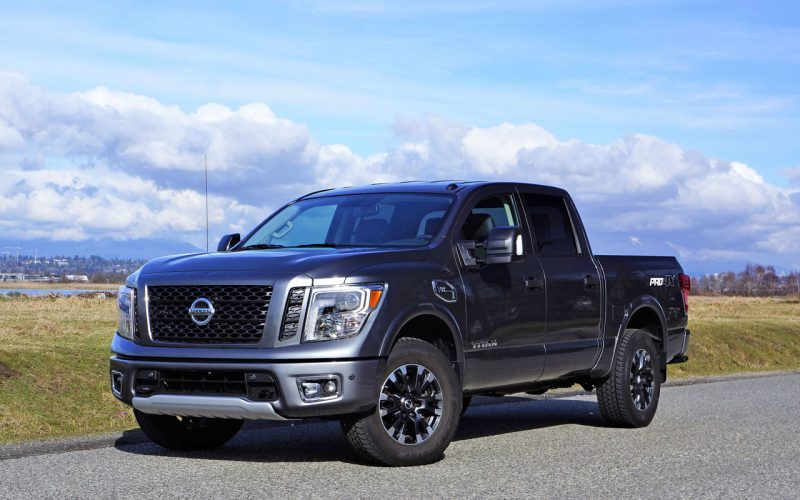
Reading Time: 6 minutesStories about unprecedented pickup truck sales growth aren’t fully founded in reality, as shown by 2016
© 2025 The Car Magazine. All Rights Reserved, Privacy Policy | Terms of Use